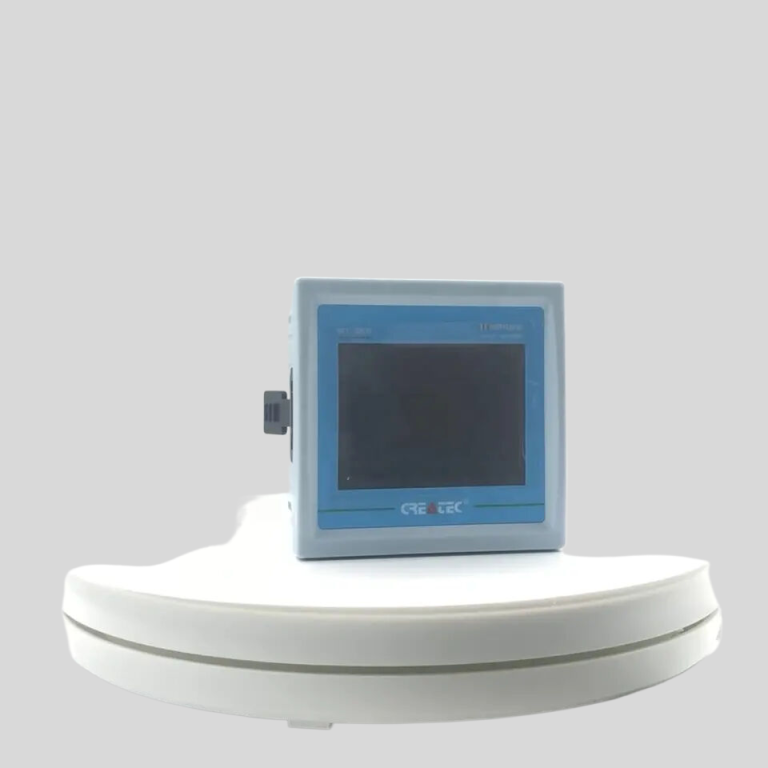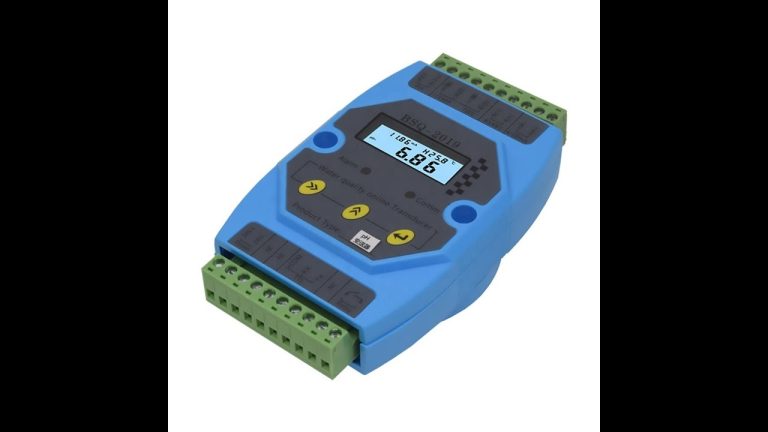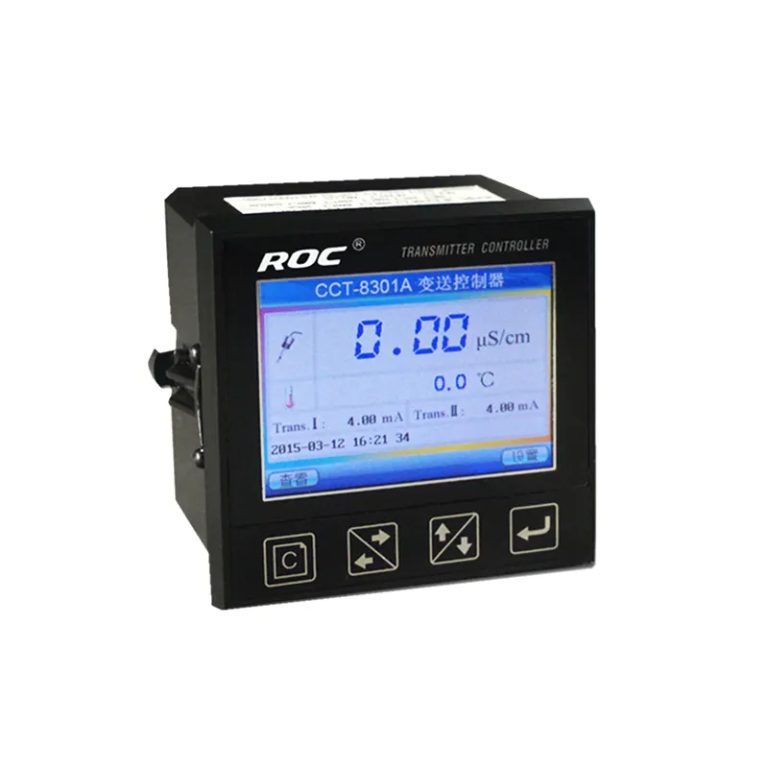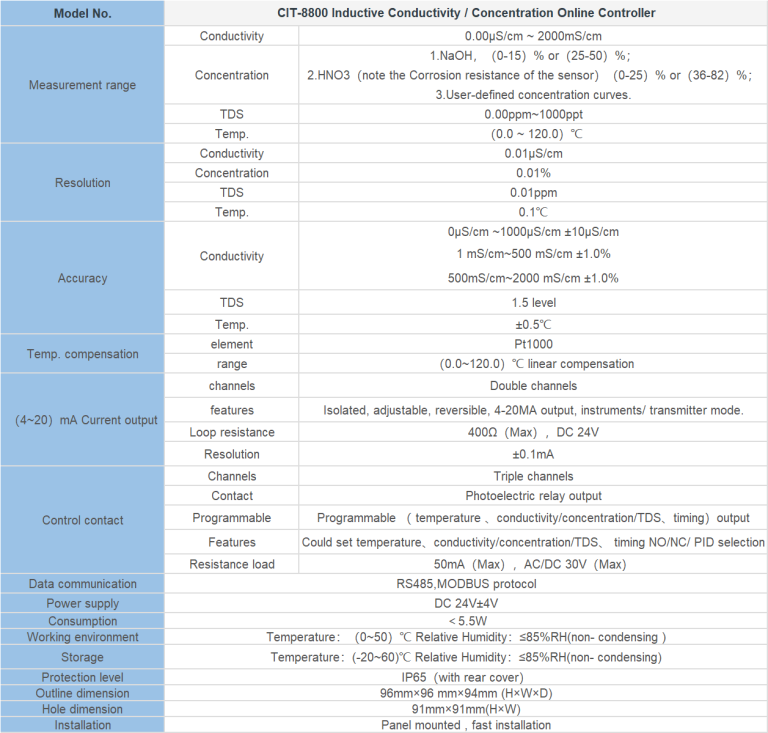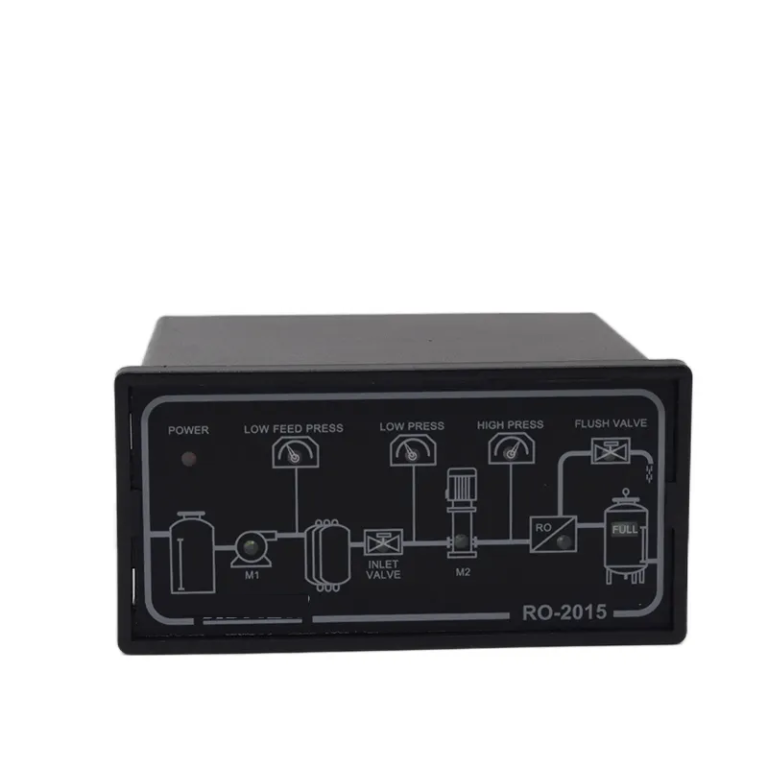فهم أجهزة قياس الأس الهيدروجيني: ما الذي يقيسونه؟
pH من الأدوات الأساسية المستخدمة في مختلف الصناعات والمختبرات وحتى في الحياة اليومية لقياس حموضة أو قلوية المحلول. ولكن ما الذي تقيسه أجهزة قياس الأس الهيدروجيني بالضبط، وكيف تعمل؟ في هذه المقالة، سوف نتعمق في عالم أجهزة قياس الأس الهيدروجيني لفهم الغرض منها ووظيفتها.
| نموذج | مقياس التوصيل الذكي EC-510 |
| المدى | 0-200/2000/4000/10000uS/سم |
| 0-18.25 مΩ | |
| الدقة | 1.5 في المائة (FS) |
| درجة الحرارة. شركات | التعويض التلقائي لدرجة الحرارة |
| التشغيل. درجة الحرارة. | عادي 0~50℃; درجة حرارة عالية 0~120℃ |
| المستشعر | C=0.01/0.02/0.1/1.0/10.0 سم-1 |
| عرض | شاشة LCD |
| الاتصالات | 4-20mA الإخراج/2-10 فولت/1-5 فولت/RS485 |
| الإخراج | التحكم في التتابع المزدوج ذو الحد العالي/المنخفض |
| الطاقة | تيار متردد 220 فولت 110 بالمائة 50/60 هرتز أو تيار متردد 110 فولت 110 بالمائة 50/60 هرتز أو تيار مستمر 24 فولت/0.5 أمبير |
| بيئة العمل | درجة الحرارة المحيطة:0~50℃ |
| الرطوبة النسبية≤85 في المائة | |
| الأبعاد | 48×96×100 ملم (الارتفاع×W×L) |
| حجم الثقب | 45×92 ملم (ارتفاع× عرض) |
| وضع التثبيت | مضمن |
في الختام، تعد أجهزة قياس الأس الهيدروجيني أدوات متعددة الاستخدامات تستخدم لقياس حموضة أو قلوية المحاليل بدقة. من خلال قياس تركيز أيونات الهيدروجين في المحلول، توفر أجهزة قياس الأس الهيدروجيني معلومات قيمة لمجموعة واسعة من التطبيقات، بدءًا من اختبار جودة المياه وحتى إنتاج الغذاء وحتى المراقبة البيئية. يعد فهم المبادئ وراء أجهزة قياس الأس الهيدروجيني وكيفية عملها أمرًا ضروريًا للحصول على قياسات موثوقة للأس الهيدروجيني وضمان جودة وسلامة المنتجات والبيئات.
To calibrate a ph meter, standard buffer solutions with known pH values are used to set the meter to the correct reading. Once calibrated, the pH meter can accurately measure the pH of unknown solutions by comparing the potential difference between the reference electrode and the glass electrode.
pH meters are used in a wide range of applications, including water quality testing, food and beverage production, pharmaceuticals, agriculture, and environmental monitoring. In water quality testing, pH meters are used to monitor the acidity or alkalinity of drinking water, wastewater, and swimming pools. In food and beverage production, pH meters are used to ensure the quality and safety of products by monitoring the pH levels during the manufacturing process.
In pharmaceuticals, pH meters are used to measure the pH of drug formulations to ensure their stability and effectiveness. In agriculture, pH meters are used to monitor the pH of soil and irrigation water to optimize crop growth and yield. In environmental monitoring, pH meters are used to assess the health of aquatic ecosystems by measuring the pH of rivers, lakes, and oceans.
Overall, pH meters play a crucial role in various industries and scientific fields by providing accurate and reliable measurements of acidity and alkalinity. By understanding what pH meters measure and how they work, researchers, scientists, and technicians can make informed decisions based on the pH data obtained.
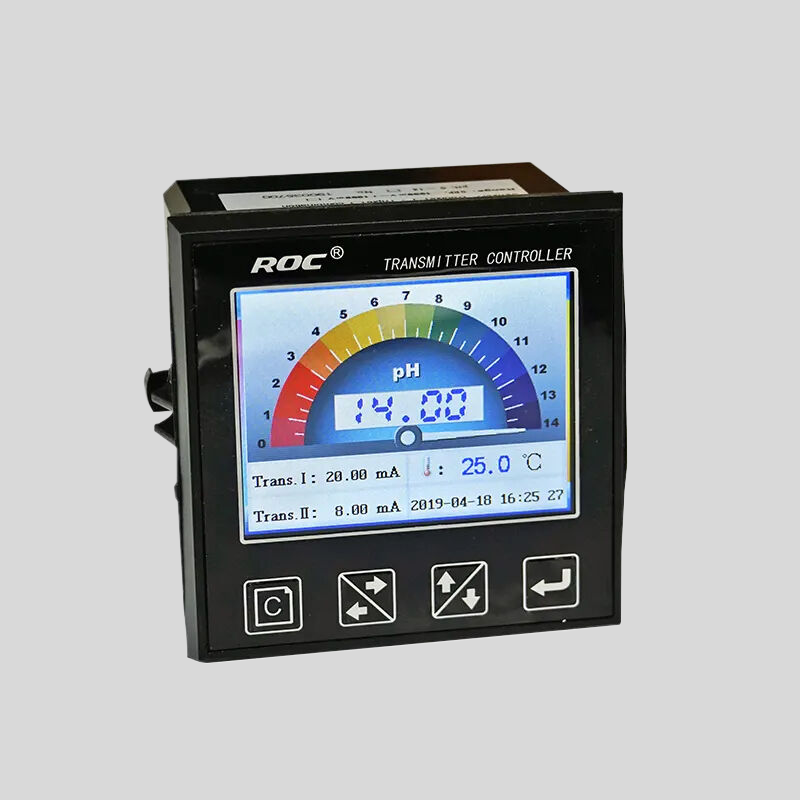
In conclusion, pH meters are versatile instruments that are used to measure the acidity or alkalinity of solutions accurately. By measuring the concentration of hydrogen ions in a solution, pH meters provide valuable information for a wide range of applications, from water quality testing to food production to environmental monitoring. Understanding the principles behind pH meters and how they work is essential for obtaining reliable pH measurements and ensuring the quality and safety of products and environments.

